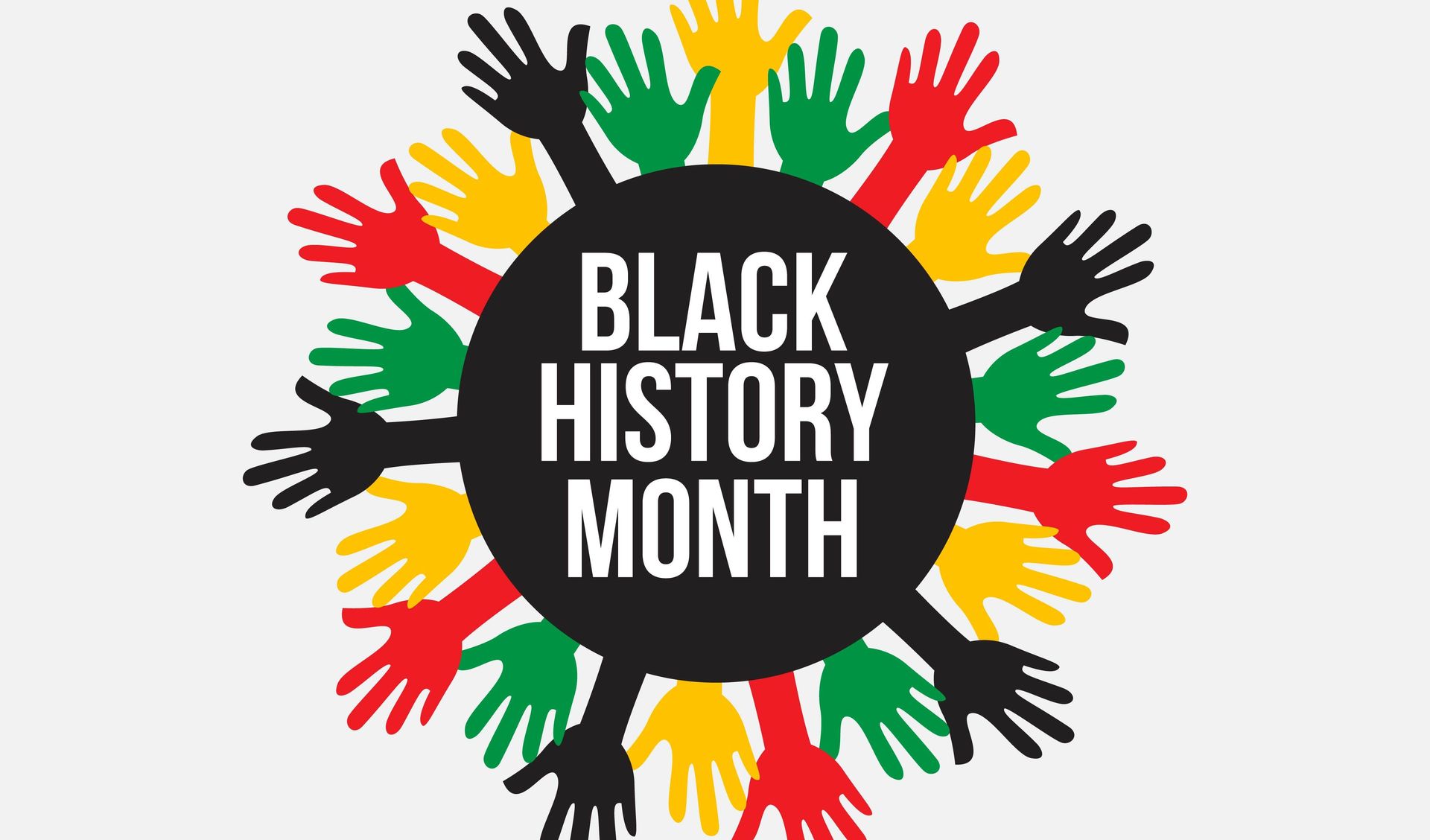The Forgotten Pioneers: How Women Were Erased from Tech's Origin Story
The Forgotten Pioneers

In today's tech landscape, the gender disparity is glaringly evident. Walk into any tech company, and you're likely to find a workforce dominated by men. But rewind the clock to the early days of computing, and you'll discover a vastly different scene—one where women were the unsung heroes and pioneers of the burgeoning tech industry.
In the mid-20th century, when computers were in their infancy, programming was considered clerical work. It was tedious and detail-oriented, characteristics society often associated with women. As a result, women were the primary workforce behind the scenes of computing. From the groundbreaking ENIAC programmers like Jean Bartik and Grace Hopper to the countless women who coded for NASA's space missions, their contributions were fundamental to the development of technology as we know it today.
However, as the tech industry grew and became more lucrative, a shift occurred. In the 1970s and 1980s, as personal computing took off, marketing campaigns targeted boys and men, perpetuating the stereotype that computers were "toys for boys." Simultaneously, the narrative around programming began to change. It transformed from a mundane administrative task to a prestigious, high-paying career—a transition that coincided with the rise of the male-dominated Silicon Valley culture.
With this shift came systemic barriers that pushed women out of the tech workforce. Discriminatory hiring practices, hostile work environments, and lack of mentorship and support networks all contributed to the decline of women in tech. Moreover, the myth of innate male superiority in technical fields persisted, further marginalizing women who dared to pursue careers in technology.
The consequences of this exclusion are profound. Not only did it stifle diversity and innovation within the industry, but it also perpetuated harmful stereotypes about women's capabilities in STEM fields. As a result, women remain vastly underrepresented in tech, holding only a fraction of technical roles and leadership positions.
However, despite these challenges, women have continued to persevere and make significant contributions to technology. Initiatives like Girls Who Code and Women Who Code are working to bridge the gender gap by providing education, mentorship, and community support to aspiring female technologists. Additionally, companies are starting to recognize the importance of diversity and inclusion, implementing policies and programs aimed at attracting and retaining women in tech roles.
As we reflect on the history of women in tech, it's crucial to acknowledge and celebrate their foundational role in shaping the industry. By recognizing their contributions and addressing the systemic barriers that have marginalized them, we can create a more equitable and inclusive tech ecosystem—one where everyone, regardless of gender, has the opportunity to thrive and contribute to the innovations of tomorrow.










